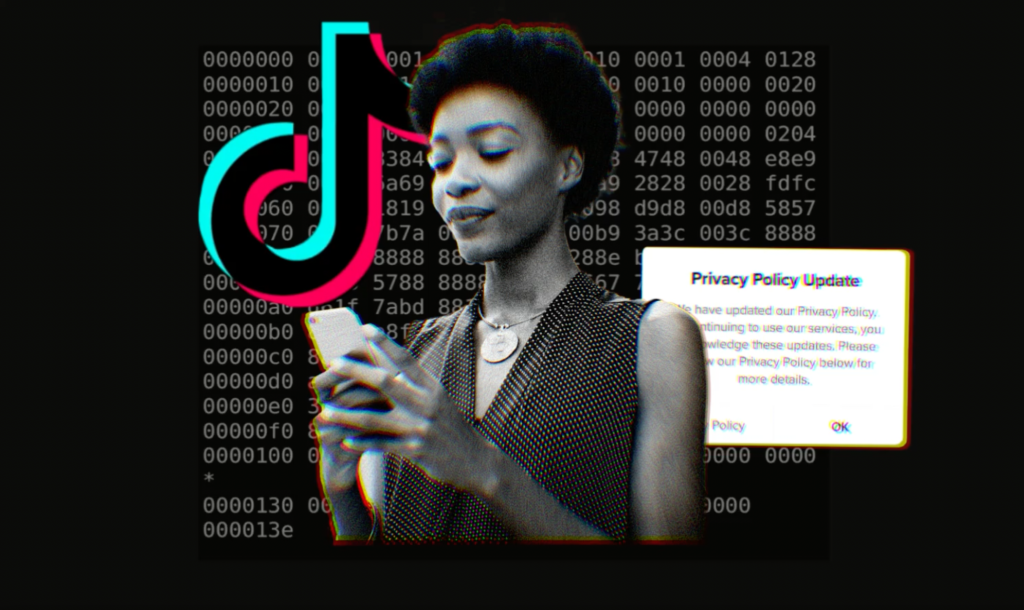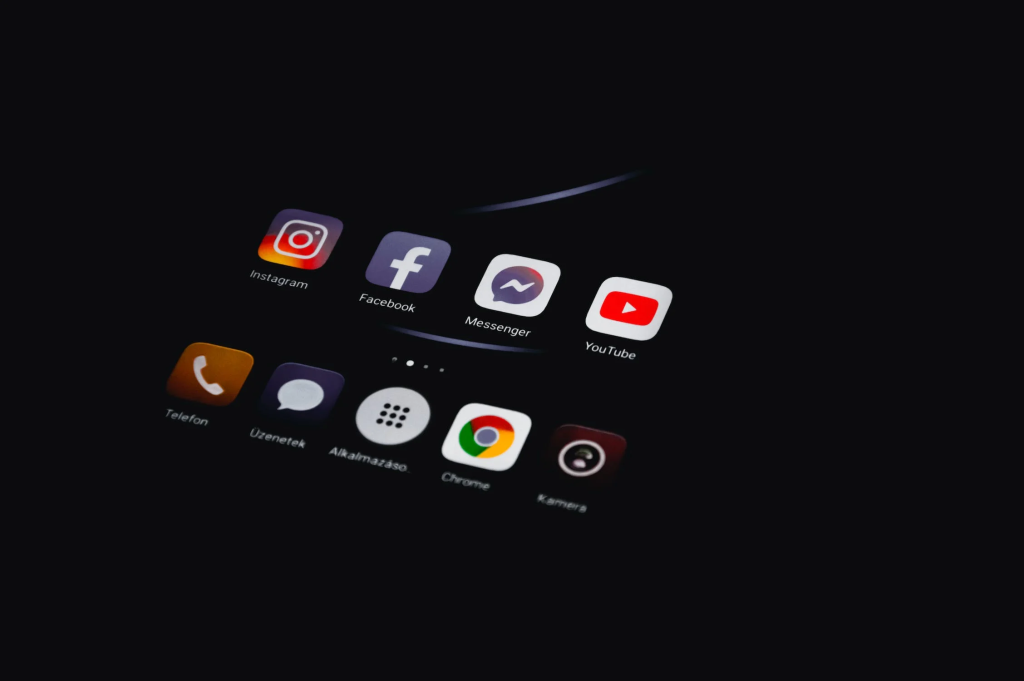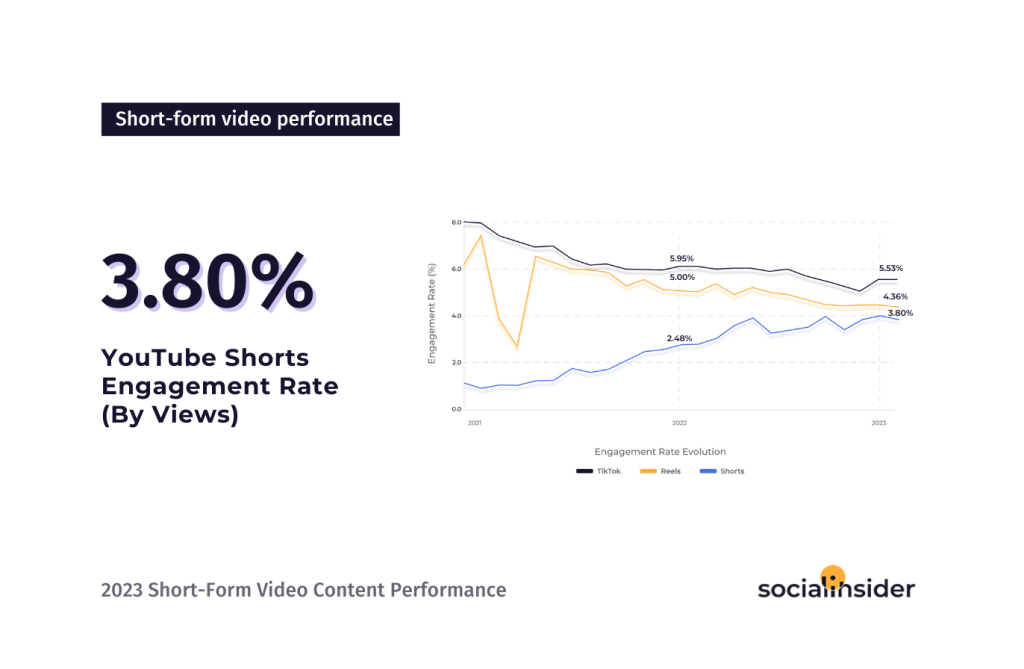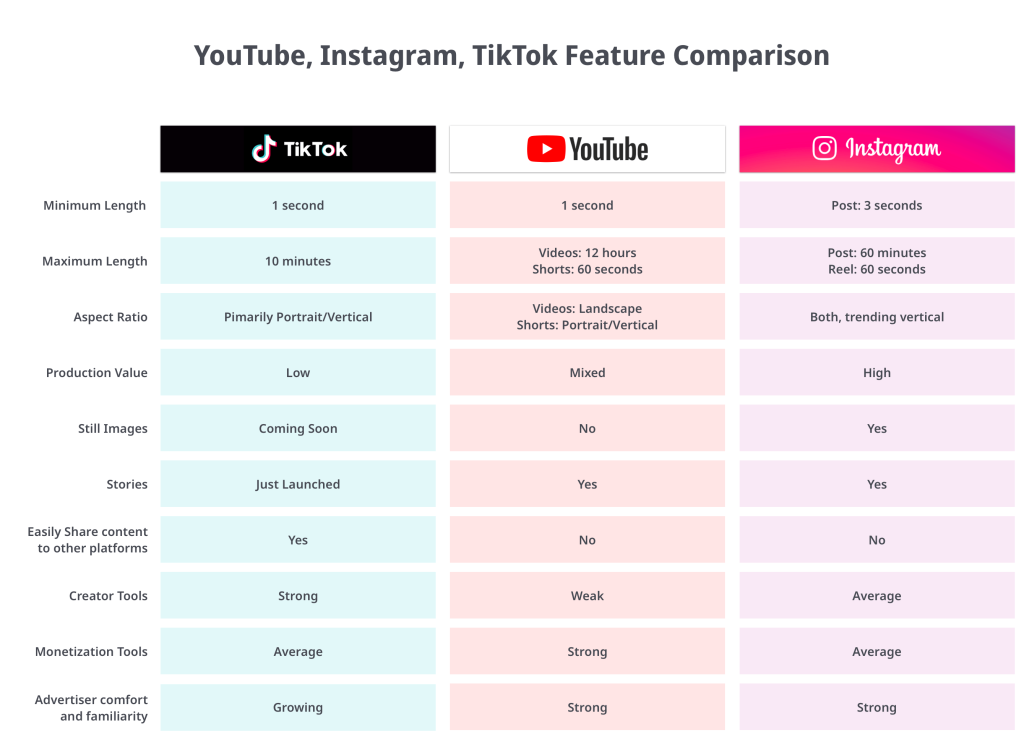TikTok, a rapidly expanding application, has outpaced its predecessors in terms of population of users and usage intensity (Montag et al., 2021). The advent of TikTok has brought about a substantial transformation in the landscape of social media, particularly concerning its impact on the younger demographic. TikTok’s impact has surpassed user demographics’ boundaries, resulting in noteworthy transformations in how young people engage with social media and the Internet. This essay analyses TikTok’s effects on younger age groups and the subsequent changes, adaptations, and challenges within this social media platform. TikTok’s impact on the digital world in general and the youth, in particular, can not be underestimated; pioneering the creation of trending short-form videos, or the ‘For You Page’ algorithm, has the power to shape and transform other popular social media platforms such as YouTube and Instagram. The objectives of this in-depth analysis provide insight into TikTok’s revolutionary influence within the continuously evolving realm of social media.
The Rise Of Short-form Video

“How TikTok’s algorithm made it a success: ‘It pushes the boundaries’” by “Alex Hern” is marked with CC BY-NC-ND 4.0.
There is no denying that TikTok has revolutionised how the younger generation engages with content and connects with others since it introduced short-form videos as a prevalent and captivating form of entertainment within social media. Platforms have constantly innovated and added features such as filters, effects, and editing tools, enabling users to enhance their videos and make them more engaging (Chu et al., 2022). These features have made the creation process more enjoyable and encouraged users to experiment and express their creativity, further fueling the popularity of short video content. Furthermore, an algorithm-driven content-tailored approach ensures that users are presented with videos that align with their interests, increasing the likelihood of engagement and creating a more immersive experience (Lin, 2023). In addition, those short-form videos have also shown user participation in the personalisation process so that TikTok can customise features specifically for each person (Qin et al., 2022). As a result, users spend more time on these platforms, contributing to the overall popularity of short video content.
In today’s digital age, short-form videos have taken the world by storm, with durations ranging from 15 to 60 seconds. These bite-sized clips have captured the attention and imagination of users, particularly those under 40 years old, so it is no surprise that young people are flocking to this new form of entertainment. With the platform’s exponential expansion, along with popular content such as rich experiences and fame-seeking opportunities, it has allowed the younger generation to participate in content creation, which fosters an atmosphere that encourages the dissemination of their imaginative expressions, humorous tendencies, and innate abilities, all encapsulated in condensed video formats (Li et al., 2023). Also, short videos on TikTok have brought about a remarkable phenomenon beyond mere entertainment. It has proven to possess a distinctive power to transcend cultural barriers, foster connections among individuals from various walks of life, and facilitate the exchange of cultural ideas among its youthful user base. A noteworthy example of this phenomenon can be observed in certain Chinese cultures that were once at risk of fading away but have now captured the attention of countless individuals, both within and outside of China, through TikTok videos (Lin, 2023). Recently, the popularity of short videos has soared, emerging as a prominent medium for self-expression and providing individuals with a unique and creative outlet to share their perspectives and engage with audiences.
Young People Love Personalised Content
The emergence of the “For You Page” (FYP) on TikTok has undeniably revolutionised the landscape of social networking platforms, leaving a lasting impact on the internet experiences of young individuals in terms of entertainment and personal encounters. This algorithm-based feature has significantly impacted how young users engage with the platform. It has also influenced their online behaviour and preferences, specifically designed to curate personalised content for users. TikTok’s For You Page (FYP) possesses a remarkably captivating quality due to the app’s algorithmic design, which enables the delivery of personalised content without requiring user manual searching (Wang & Guo, 2023). In today’s digital age, by analysing user behaviour, interactions, and preferences, the algorithms can tailor personalised video feeds to individual users’ behaviours, interactions, and preferences that align with each person’s unique interests, beliefs, curiosities, and passions. Implementing a personalised content discovery mechanism on the platform has profoundly impacted users’ experience to enhance a sense of uniqueness and relevance.
The impact of TikTok’s For You Page (FYP) on young Internet users is undeniably significant; by utilising advanced algorithms and machine learning techniques, TikTok has successfully tailored the content displayed on the FYP to cater to the individual preferences and interests of its young user base. In social networking, platforms such as Facebook and TikTok offer users distinct experiences regarding content interaction. On Facebook, individuals are limited to engaging with content solely from those they already follow and have established connections with, while TikTok takes a different approach by presenting users with content that mirrors their unique personalities and interests (Lanneskog, 2023). In addition, it is worth noting that the Elaboration Likelihood Model (ELM) provides valuable insights into the impact of the perceived personalisation of TikTok content on various factors such as perceived creativity, authenticity, and viral behavioural intention (Chu et al., 2022). By examining the perceived personalisation of content, researchers can gain a deeper understanding of how young users perceive the creativity and authenticity of the content they encounter on TikTok. Therefore, the younger generation is undeniably drawn towards personalised content across many platforms, significantly impacting their consumption habits when it comes to content.
How Other Social Media Change

“Close-Up Shot of App Icons” by “Geri Tech” is marked with CC0 1.0.
TikTok’s rapid ascent has brought about a significant and far-reaching transformation in social media as it surpasses other prominent platforms in terms of popularity, particularly among younger users (Chu et al., 2022). The success of TikTok can be attributed to its core feature of promoting video content that is limited to a maximum duration of 60 seconds and has proven to be highly appealing and captivating, particularly to the younger demographic that seeks concise and easily consumable content. TikTok’s rapid rise in popularity among the younger generation has been recognised by other major players in the social media landscape, so various social media giants have swiftly taken steps to emulate its success.

The performance comparison: TikTok vs. Reels vs. Shorts
“TikTok vs. Reels vs. Shorts: Which Is the Best Short-Form Video Platform?” by “Elena Cucu” is marked with CC BY-NC-ND 4.0.
In response to the growing demand for quick and visually appealing content consumption, YouTube has recently introduced a new feature called ‘Short’ that allows users to create and share vertical videos with a maximum duration of 60 seconds to cater for the evolving preferences of its audience and provide them with a seamless and engaging video-watching experience. The significant impact that TikTok has had on YouTube, which has long held the title of being the most prominent app for user-generated videos, serves as an example of this shift. Instagram introduced a new feature called ‘Instagram Reels’, which enables users to produce and distribute short, vertical videos, incorporating a wide range of editing tools and effects. Meta echoed this idea and acknowledged that the potential of short videos signals a change in how users engage with and consume content on these platforms. TikTok’s FYP algorithm has caused Instagram’s performance to suffer when Pew Research Centre’s surveys have consistently observed that the usage rate of TikTok among young individuals surpasses that of Instagram by a significant margin, with a consistent 50% higher rate.

“TikTok, YouTube, Instagram, and The Battle for Algorithmic Attention” by “Joe Hall” is marked with CC BY-NC-ND 4.0.
One notable aspect that sets TikTok apart from other social networks is its exceptional capability to facilitate content sharing when it surpasses platforms like Instagram and YouTube regarding the extent to which content can be shared with a broader audience. The impact of TikTok on the current social media landscape is undeniably significant, to the extent that it has the potential to shape the trajectory of future social media platforms and content consumption for years to come.
In conclusion, with its short videos and captivating “For You Pages” (FYPs), TikTok has undeniably impacted the younger generation and has successfully infiltrated various social media platforms. TikTok short-form videos have revolutionised how young users engage with social media and empowered individuals to express themselves, connect with others, and contribute to the ever-evolving landscape of popular culture. Meanwhile, FYP’s personalised content discovery engine has transformed content consumption habits and sparked a growing desire for tailored experiences on the Internet. The impacts of these influences are unquestionable, as they not only shape how young individuals engage with social media but also drive the development of other platforms to cater to the increasing expectations and preferences of the younger generation.
References
Chu, S. C., Deng, T., & Mundel, J. (2022). The impact of personalization on viral behavior intentions on TikTok: The role of perceived creativity, authenticity, and need for uniqueness. Journal of Marketing Communications, 1-20. https://doi.org/10.1080/13527266.2022.2098364
Hall, J. (2022, April 6). TikTok, YouTube, Instagram, and The Battle for Algorithmic Attention. Spadeback. https://www.spaceback.com/post/tiktok-youtube-instagram-and-the-battle-for-algorithmic-attention
Hsiao, E. (2023, April 20). How TikTok’s UX Keeps Users Hooked According to Psychology. Bootcamp. https://bootcamp.uxdesign.cc/captivating-content-in-bite-sized-formats-how-tiktoks-ux-keeps-users-hooked-according-to-14c9a9778040
Krouse, S., & Patel, S. (2021, October 15). How TikTok Is Changing YouTube. The Information. https://www.theinformation.com/articles/how-tiktok-is-changing-youtube
Kumar, A. (2022, August 16). How TikTok Changed the Social Media Game With Its Unique Algorithm. Entrepreneur. https://www.entrepreneur.com/science-technology/how-tiktoks-unique-algorithm-changed-the-social-media/431804
Lanneskog, L. (2023). The Impact of AI Integration on Audience: A qualitative Study of Young Adults’ Perspectives and Attitudes towards the Integration of AI on Tikok. https://www.diva-portal.org/smash/get/diva2:1782242/FULLTEXT01.pdf
Li, Y., Qian, J., & Guo, L. (2023). Factors Impacting Users’ Negative Interaction Behaviors When They Enjoy Short Videos on TikTok. Discrete Dynamics in Nature and Society, 2023, 1-16. https://doi.org/10.1155/2023/3238404
Lin, Z. (2023). Analysis of the Psychological Impact of Tiktok on Contemporary Teenagers. SHS Web of Conferences, 157, 1-4. https://doi.org/10.1051/shsconf/202315701024
Markov, I. (2022, February 22). The Influence of TikTok on the Big 5 Social Media Platforms. Brandwatch. https://www.brandwatch.com/blog/tiktok-influence-on-social-networks/
Milmo, D., & Hern, A. (2022, July 31). ‘Stop trying to be TikTok’: how video-centric Instagram sparked a revolt. The Guardian. https://www.theguardian.com/technology/2022/jul/31/tiktok-video-instagram-revolt-update-kardashians#:~:text=In%20one%20permanent%20change%20announced,screen%20mode%20for%20viewing%20posts
Montag, C., Lachmann, B., Herrlich, M., & Zweig, K. (2019). Addictive features of social media/messenger platforms and freemium games against the background of psychological and economic theories. Int. J. Environ. Res. Public Health, 16(2612). Doi: 10.3390/ijerph16142612
Montenegro, L. (2021, August 27). The Rise Of Short-Form Video: TikTok Is Changing The Game. Forbes. https://www.forbes.com/sites/forbesagencycouncil/2021/08/27/the-rise-of-short-form-video-tiktok-is-changing-the-game/?sh=8ed2d0750837
Qin, Y., Omar, B., & Musetti, A. (2022). The addiction behavior of short-form video app TikTok: The information quality and system quality perspective. Frontiers in Psychology, 13, 932805-932805. https://doi.org/10.3389/fpsyg.2022.932805
Stokel-Walker, C. (2023, February 2). How TikTok beat Instagram. Business Insider. https://www.businessinsider.com/why-instagram-cant-compete-tiktok-videos-algorithm-influencers-engagement-2023-2
Wang, X., & Guo, Y. (2023). Motivations on TikTok addiction: The moderating role of algorithm awareness on young people. El Profesional de La Informacion, 32(4), 1-10. https://doi.org/10.3145/epi.2023.jul.11


